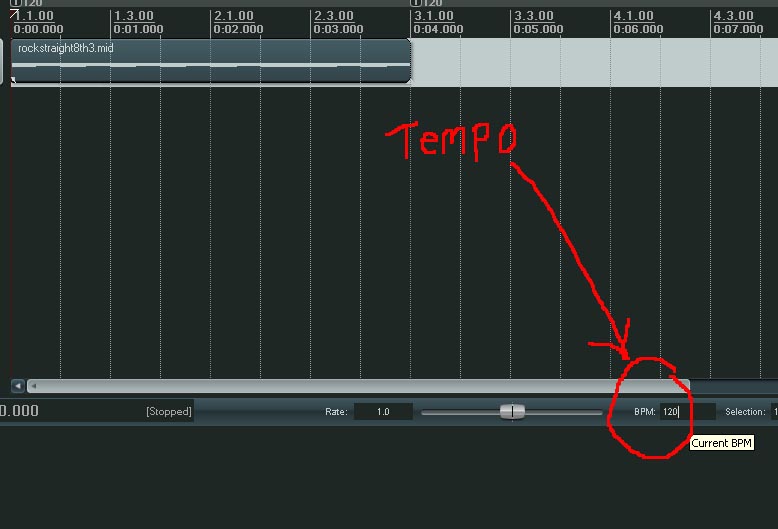There are a couple of threads outlining this feature - is one. I will paste essential soundbytes and pics after this post. Essentially, what we are looking at is being able to apply a midi file to another.
You can 'extract' a groove, for instance, by dynamically splitting an item and making a midi file out of those separate items, all already existing functionality. The reason this is a 'groove' is because it will have midi notes that define the start/stop points of the looser (than computer) timing of the piece, not to mention velocity, and any other relevant parameter. This midi file can then be applied to another by adding a field to the 'quantize menu' whereupon you can select a groove to quantize by, amongst the other quantize options. This could be a similar field to the reaverb menu, which goes by folder, for instance (remembering its place would be nice) Or, what would be additionally interesting, yet harder, is to have the entire midi grid adopt this 'groove' and snap to it as you add notes. I think because of the interconnectedness of the grids at the moment, this would be impossible - at this point. FL studio does it the former, and it works great. Of course, taking an overly complicated midi would present problems.

Welcome to the Cockos Incorporated Forums. If this is your first visit, be sure to check out the FAQ by clicking the link above. Forums for discussing REAPER. SWS / S&M Extension, a REAPER plugin extension. DOWNLOAD THE SWS EXTENSION Latest stable version. Learn a groove from.
But i feel that simple midi files are the best way to go, and could provide some very interesting results. Various grooves can be included with Reaper, very easily, and at hardly any disk cost. We can see how the quantize function in reaper aligns directly to this rigid grid: now, lets look at how FLstudio does it. In FLstudio, you have certain midi files that are used as 'grooves' -- we can take a look at one of them: this is the 'amen_16' (16 standing for the resolution of beats) -- groove.
As you can see, the midi notes are not at all perfectly aligned to the grid. The deviations are used to represent the parameters upon which to quantize the midi notes. You can also see that velocity information is stored too. This will also be translated to the subsequent affected file, in the amount you desire. Lets apply it.
Here is the original beat i came up with using FPC, an FLstudio generator. Sound of it here: now, we will open up the quantize tool, and we get this box: in the red is the groove template select box. If you dont want to just stick to a rigid grid, you open up a groove template. FLstudio automatically goes to the groove template folder in explorer. Underneath the 'strength' section we will see in purple, the 'Start time' control. Biological Science 2nd Edition Freeman 2005 Silverado.
One thing that is really great about FLstudio's groove quantize feature is the ability to have a knob to 'dial in' just how much you want certain things to affect the file. For instance, if we dial in the start time to halfway, we will see (and hear if we have the file playing) the notes move back towards the grid a bit, 50 percent less. Then we have the Sensitivity control, this is an overall control for all parameters on how much the midi will be 'influenced' by the groove template. The other thing, in blue, is 'vol' -- one thing that is really neat is that the velocity of the template midi affects the quantization as well! So lets apply the 'amen_16' template to my boring beat. Here is what it looks like: since no notes were specifically selected, it affects the entire sequence.